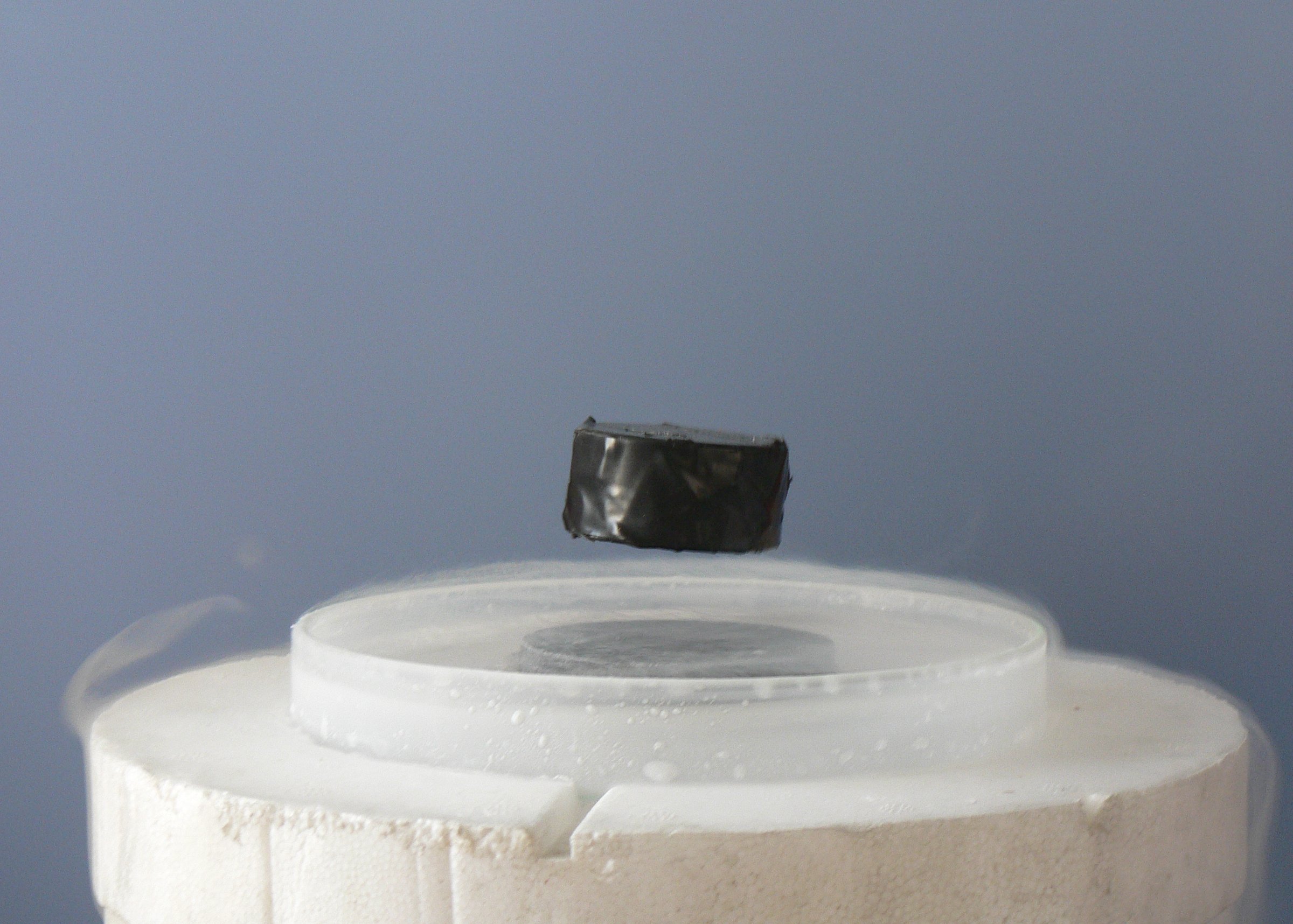Practical applications of Superconductors
- Introduction to Superconductors
- Different Types of Superconductors
- Quantum Mechanics
- Synthesis and Fabrication of Superconductors
- Superconductors and Electronics
- Superconductivity and Energy
- Innovation and the Future of Superconductors
- Reflection and Discussion
Synthesis and Fabrication of Superconductors
Materials Used in Superconductors

Electrical conductivity with exactly zero resistance.
Superconductors are materials that can conduct electricity without resistance when cooled to certain temperatures. The choice of materials used in superconductors is crucial as it directly impacts their performance and efficiency. This article will delve into the various materials used in superconductors and how their properties contribute to superconductivity.
Introduction to Materials Used in Superconductors
Superconductors are typically made from certain types of metallic elements, alloys, ceramics, or organic compounds. The first superconductor discovered was mercury in 1911. Since then, many other materials have been found to exhibit superconductivity, including lead, niobium, and certain ceramic compounds.
Properties of Superconductor Materials
The materials used in superconductors must possess certain properties to exhibit superconductivity. These include:
-
Critical Temperature (Tc): This is the temperature below which a material becomes superconducting. For example, mercury becomes superconducting below 4.2 Kelvin.
-
Critical Magnetic Field (Hc): This is the maximum magnetic field that a superconductor can withstand at absolute zero before it reverts to a normal conductor.
-
Critical Current Density (Jc): This is the maximum electrical current that a superconductor can carry without resistance.
Role of Temperature and Pressure
Temperature and pressure play a significant role in the superconductivity of materials. Superconductivity occurs at extremely low temperatures, often close to absolute zero. However, certain ceramic materials known as high-temperature superconductors can exhibit superconductivity at higher temperatures, albeit still very cold by everyday standards.
Pressure can also affect superconductivity. Applying pressure can increase the critical temperature of a superconductor, allowing it to function at higher temperatures. However, too much pressure can also disrupt superconductivity.
Conclusion
The materials used in superconductors are crucial to their function. Understanding these materials and their properties is key to advancing the field of superconductivity. As research continues, new materials with higher critical temperatures and better performance characteristics may be discovered, opening up new possibilities for the application of superconductors.